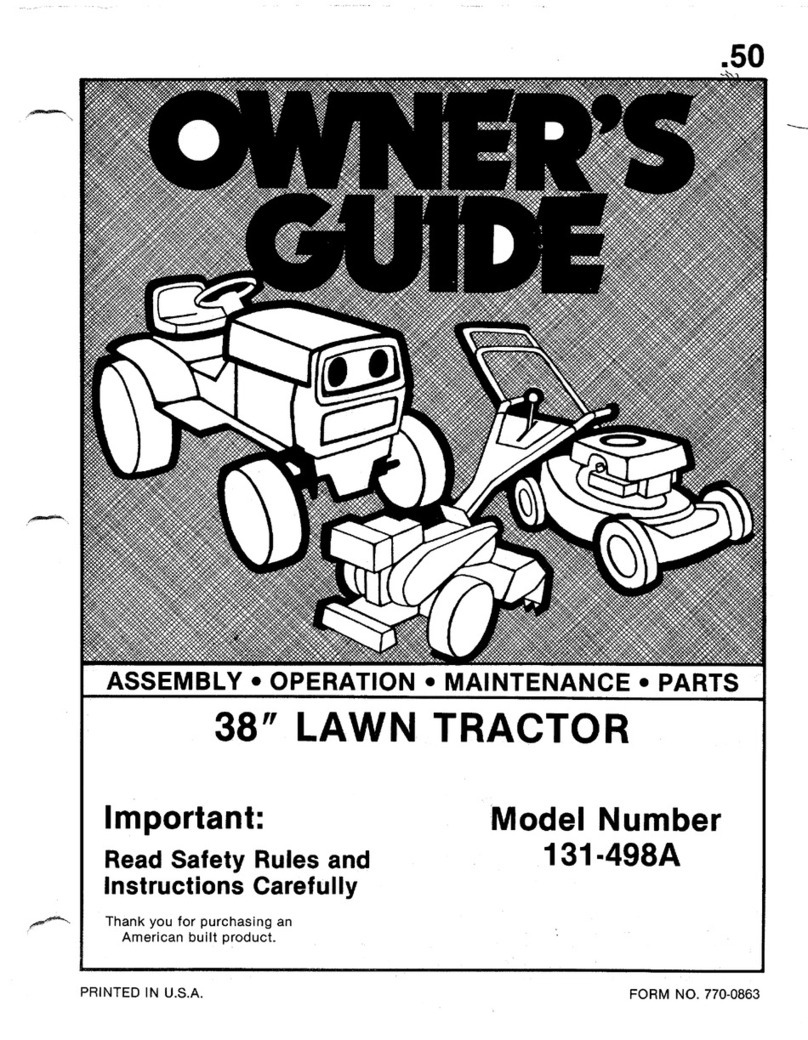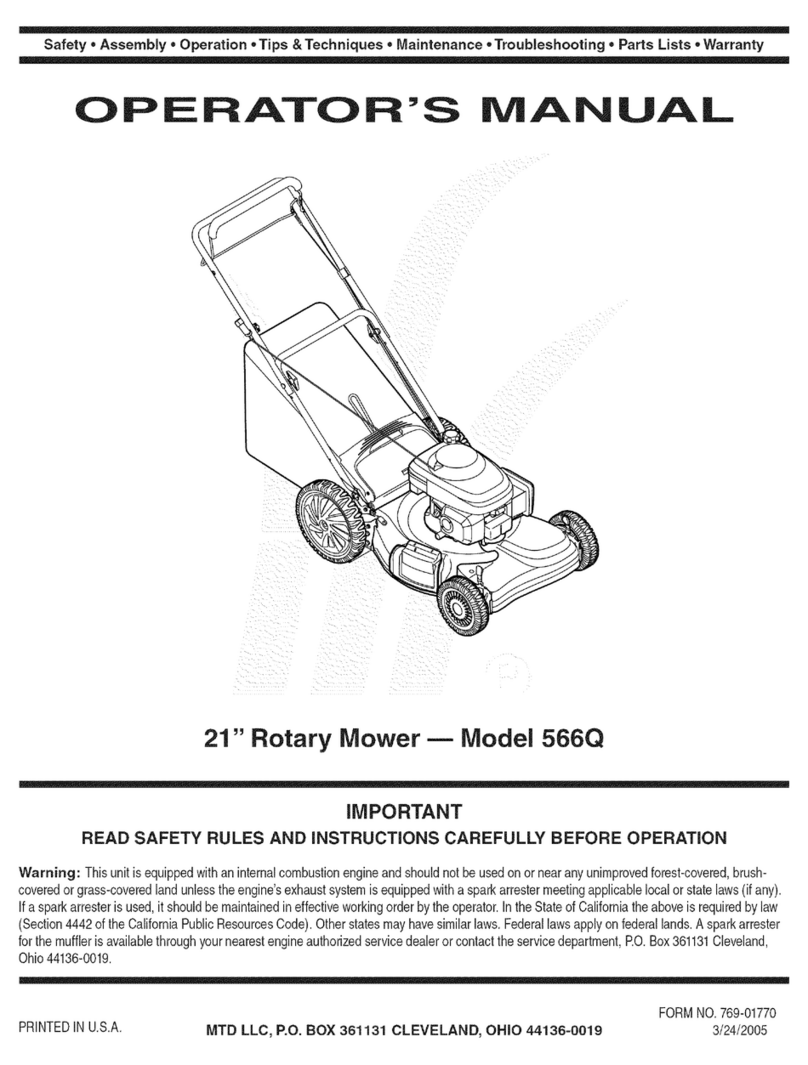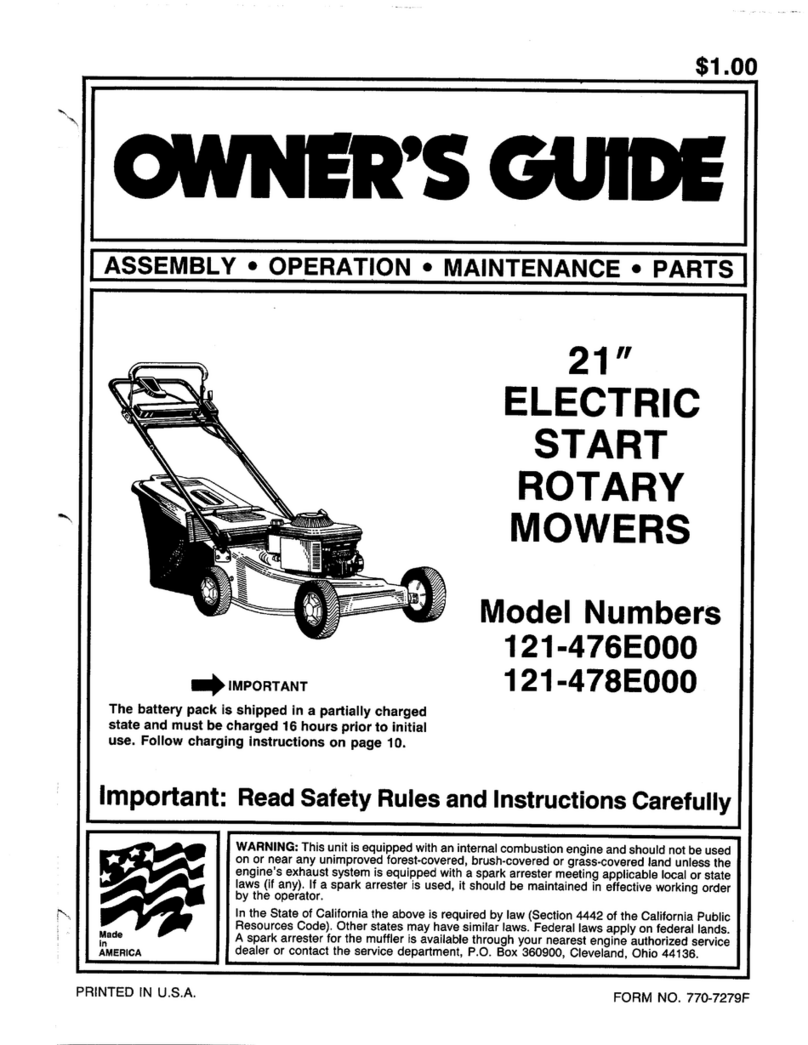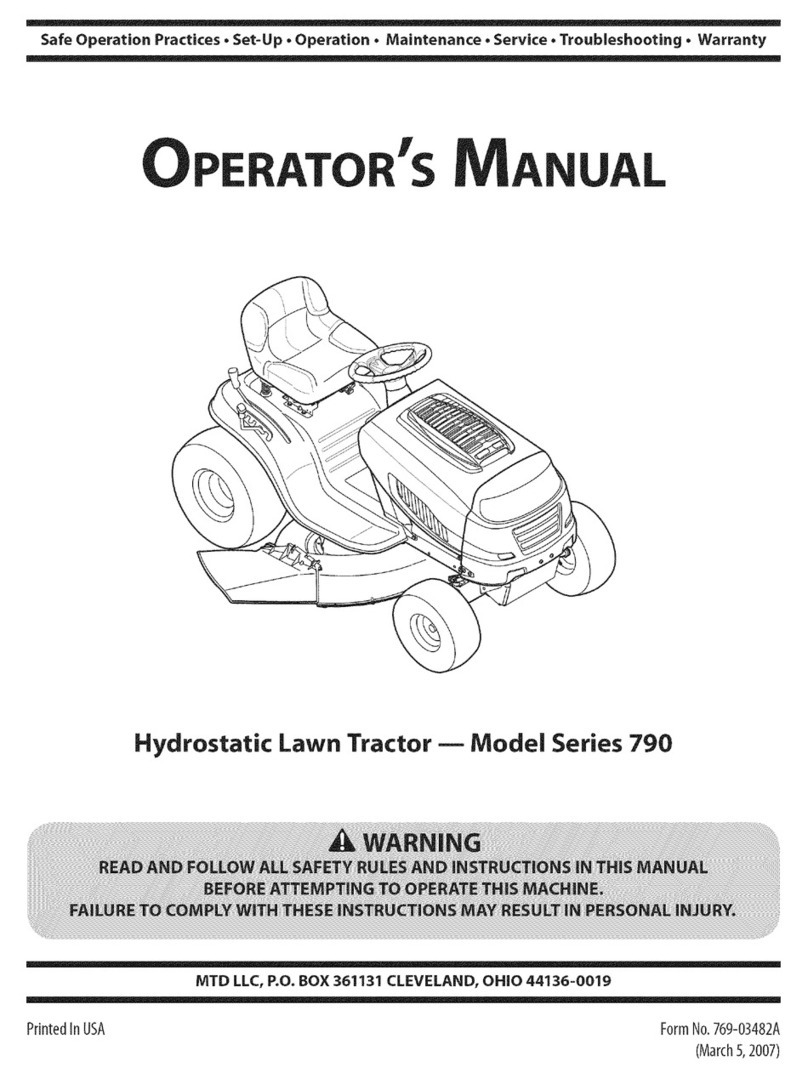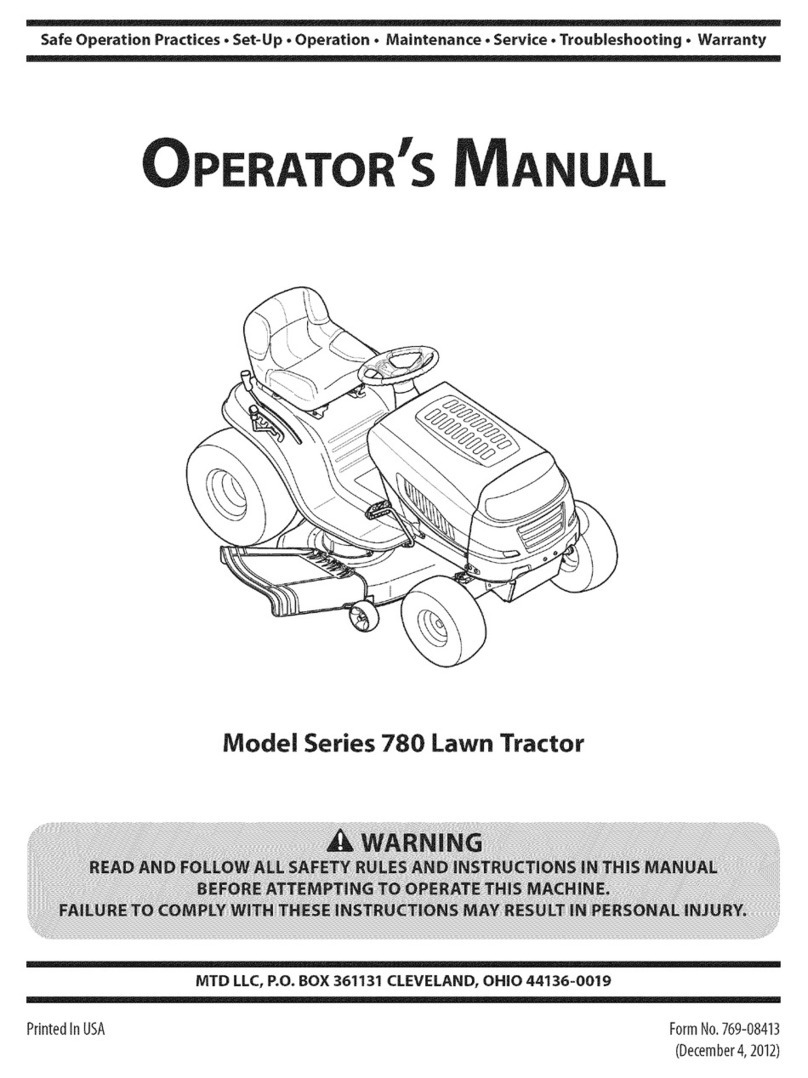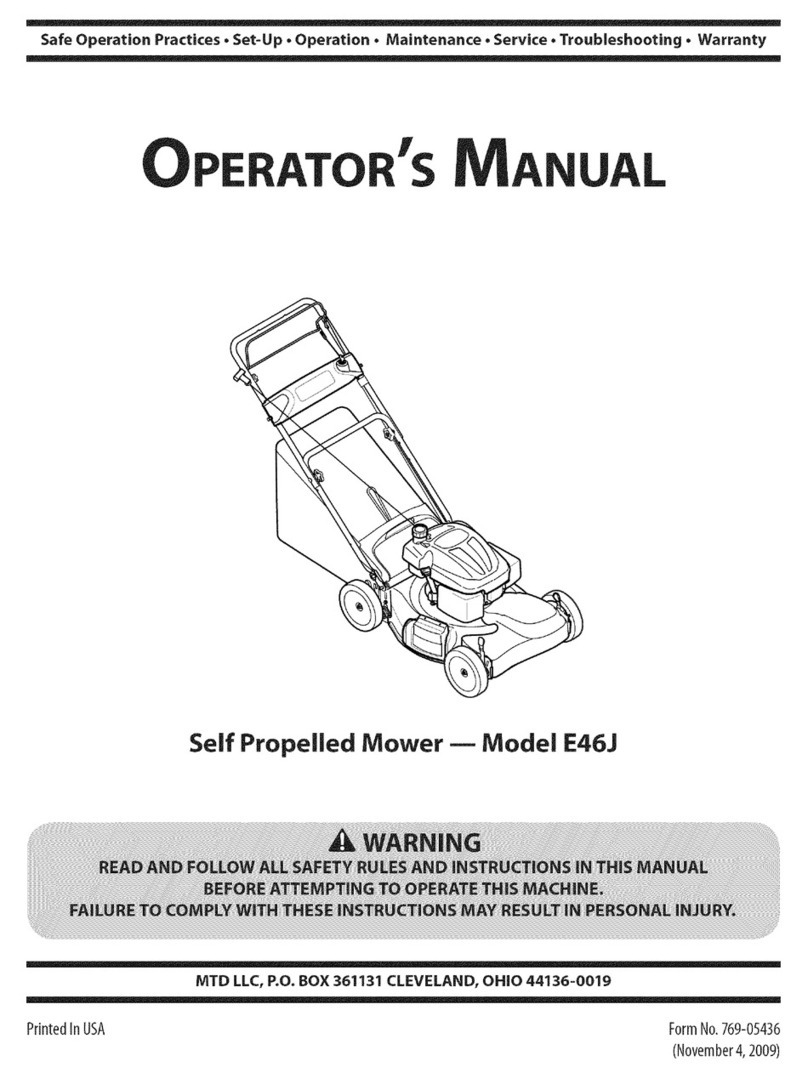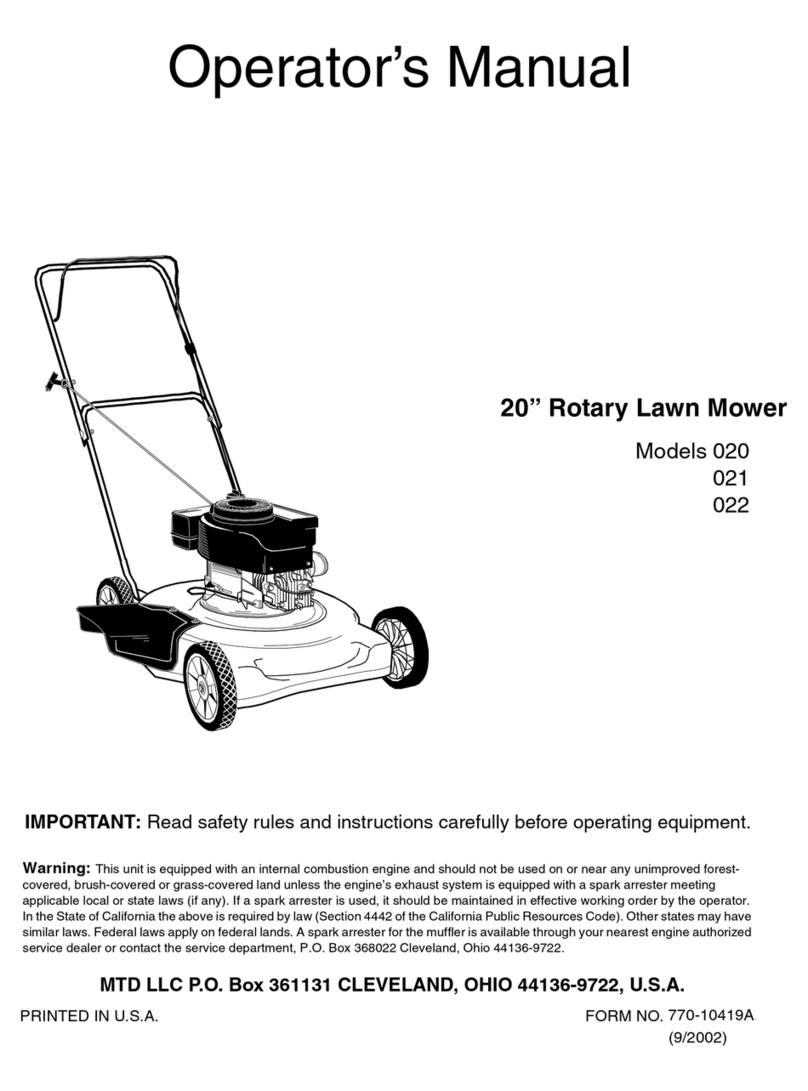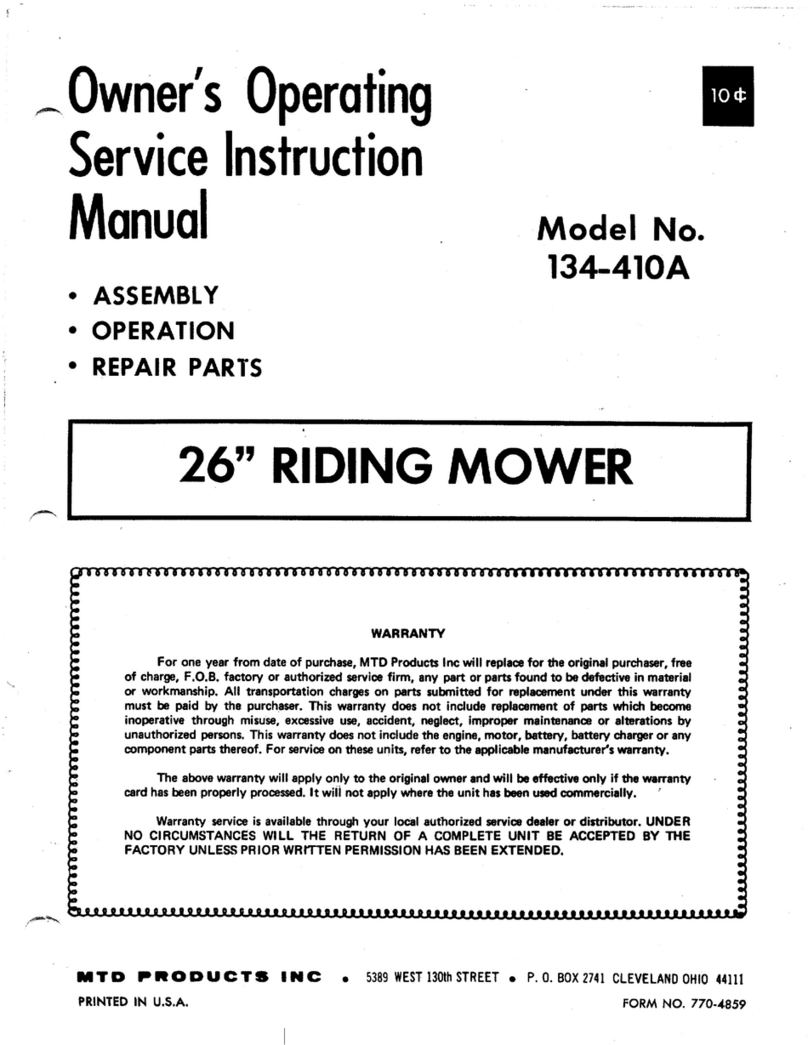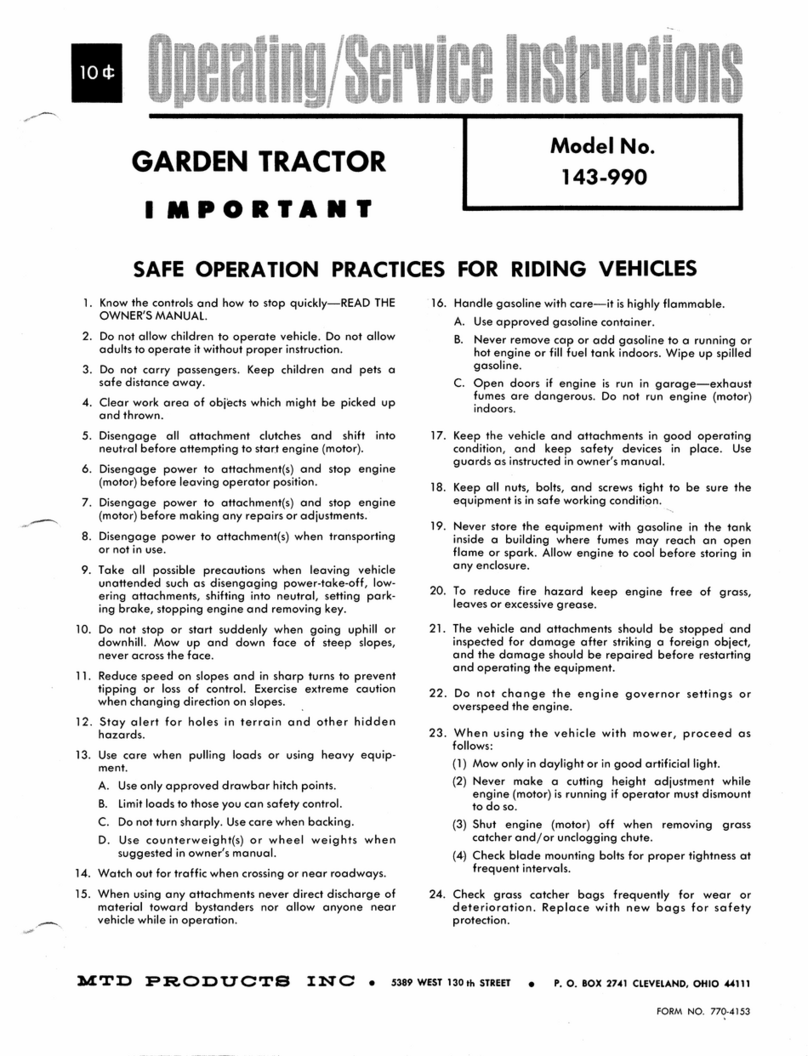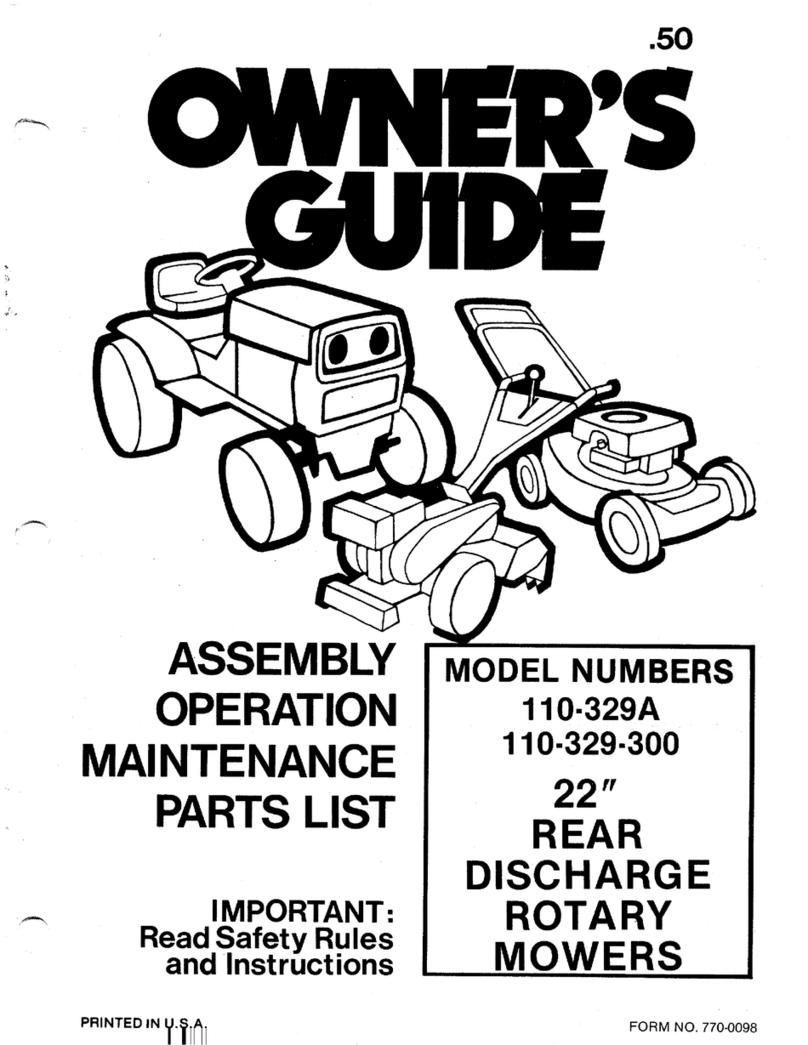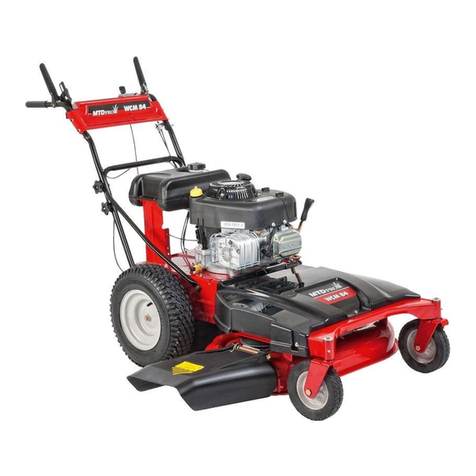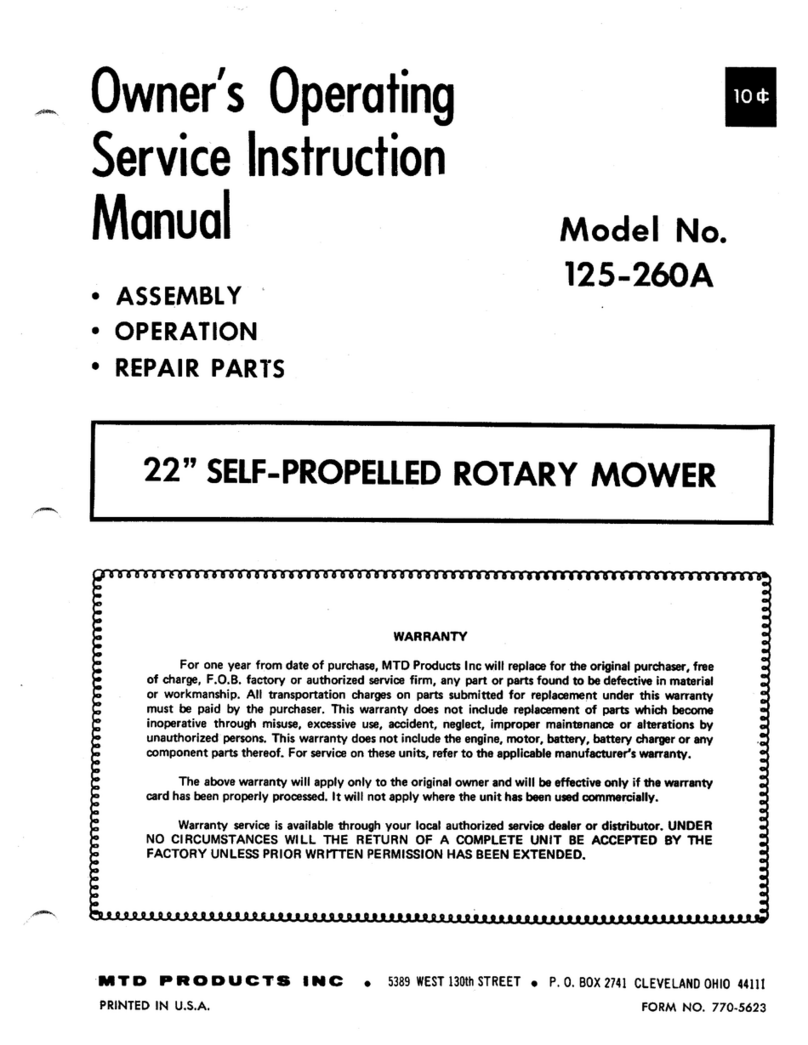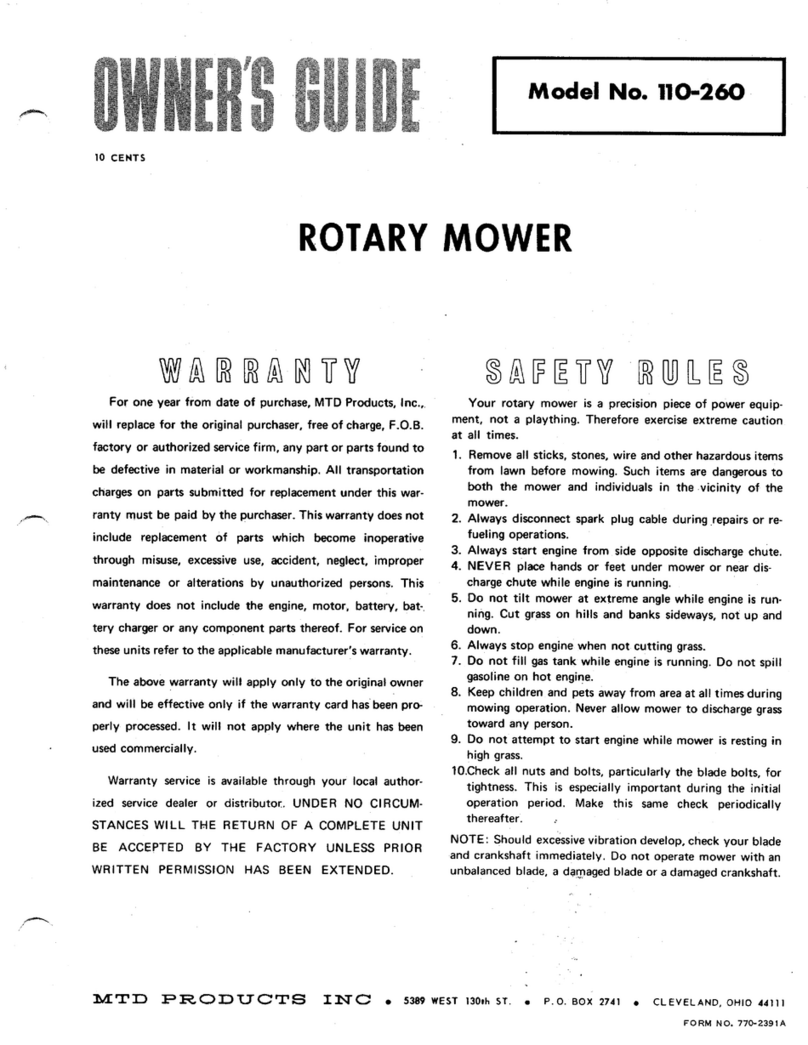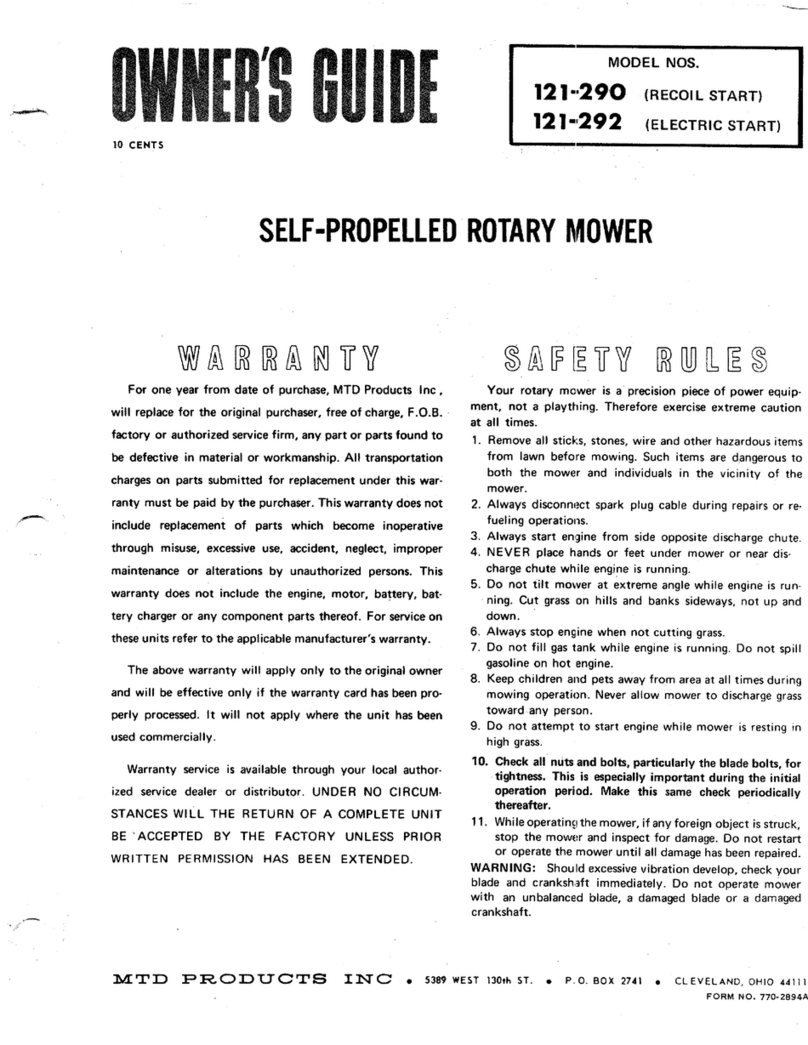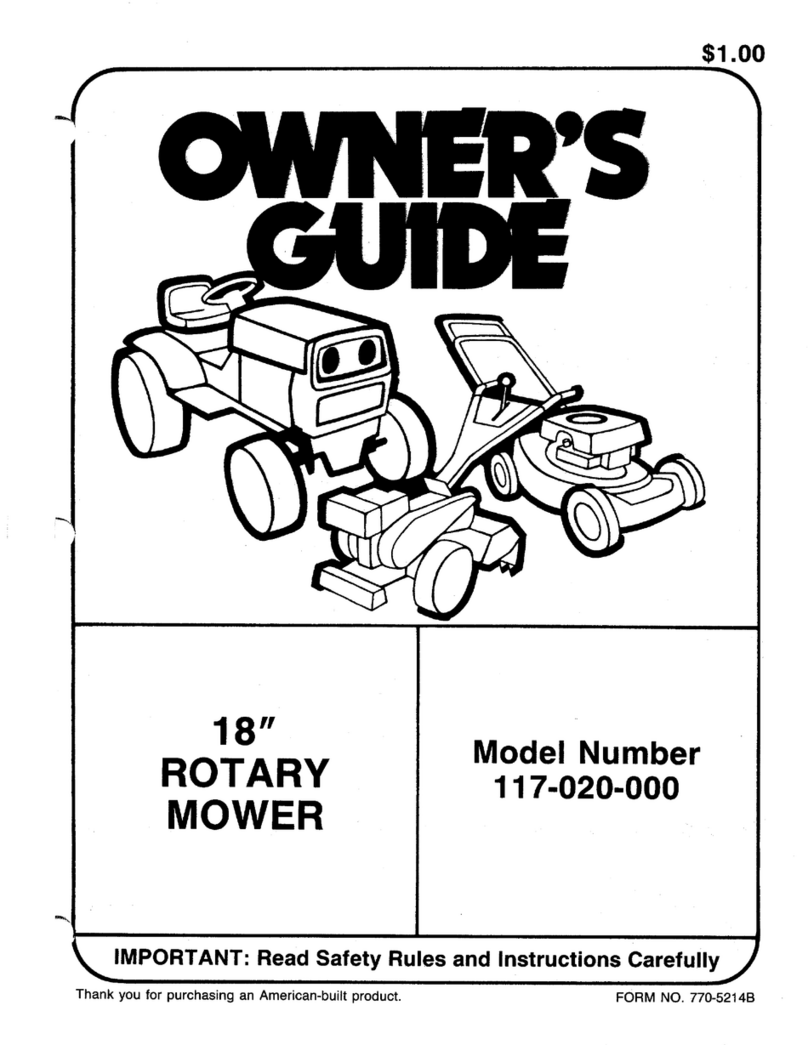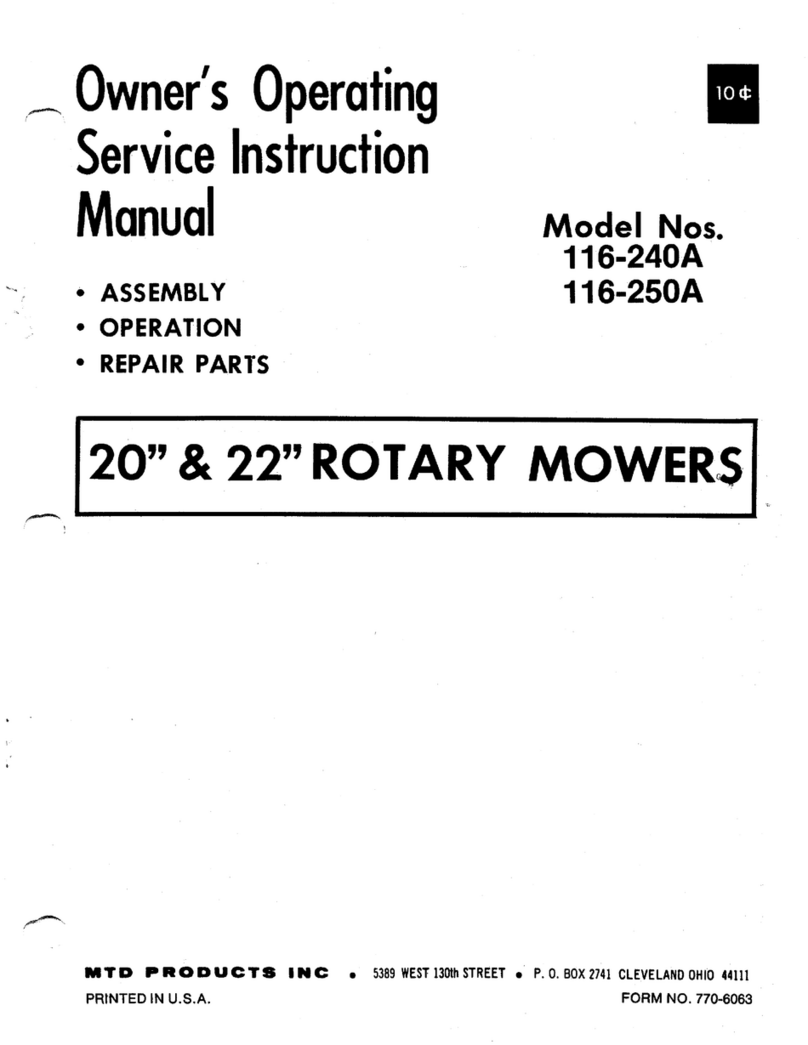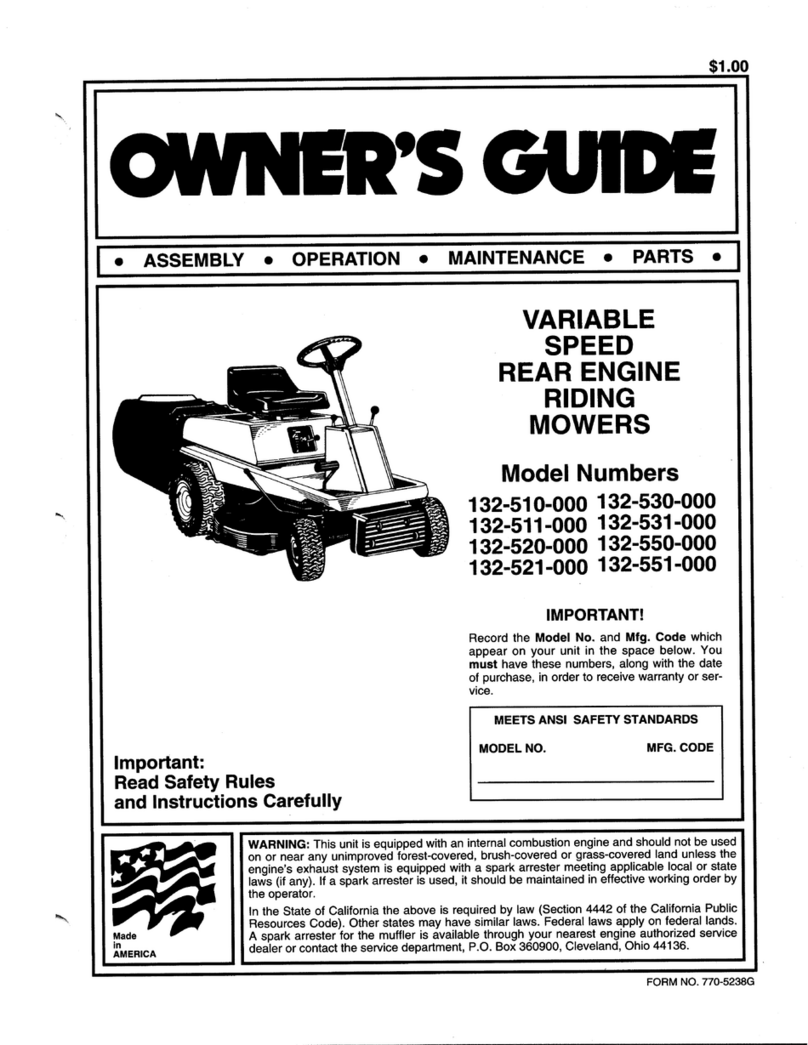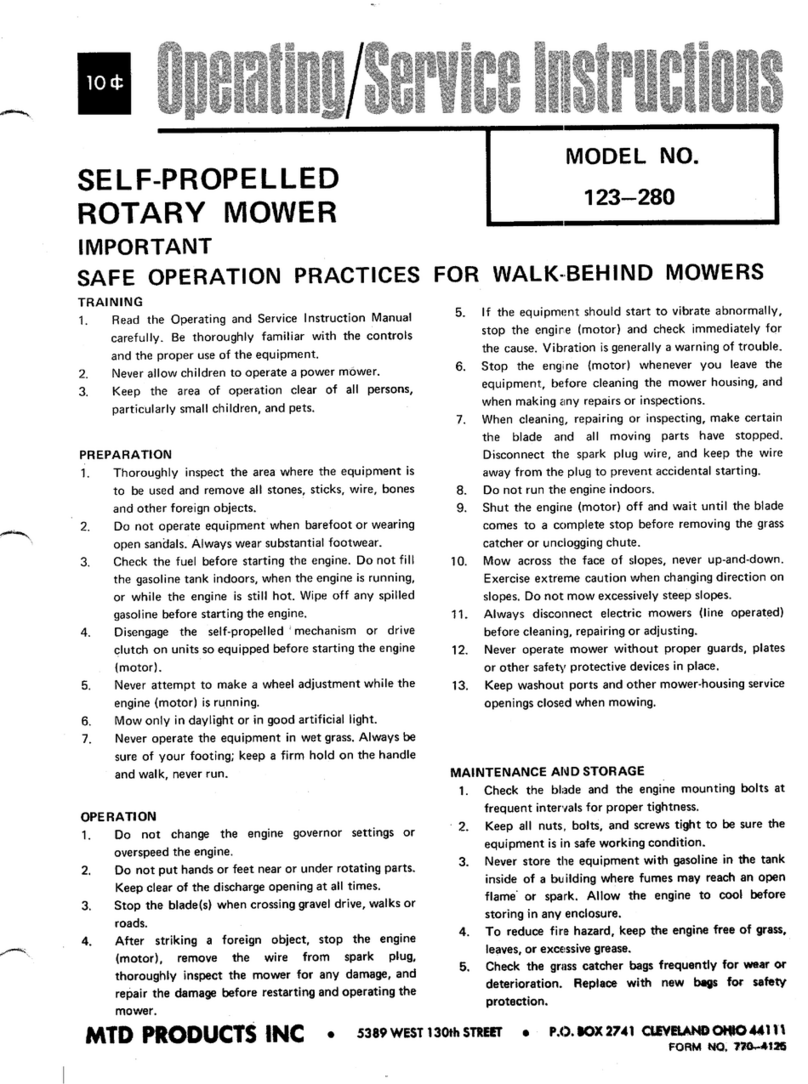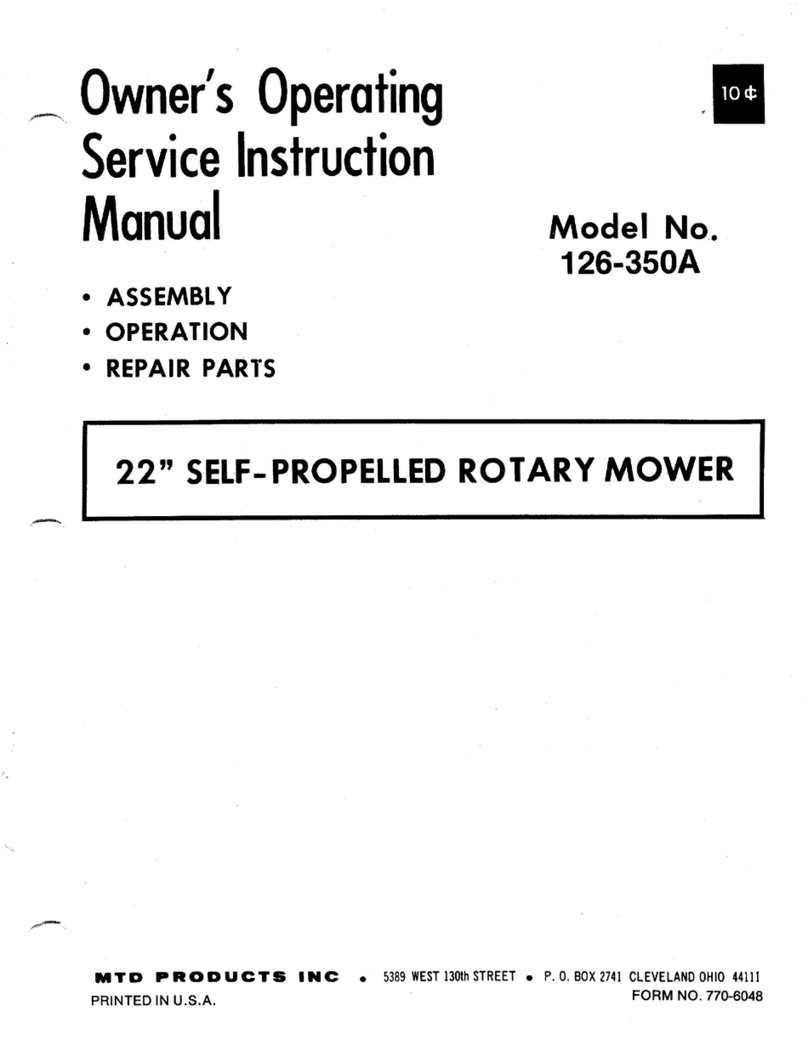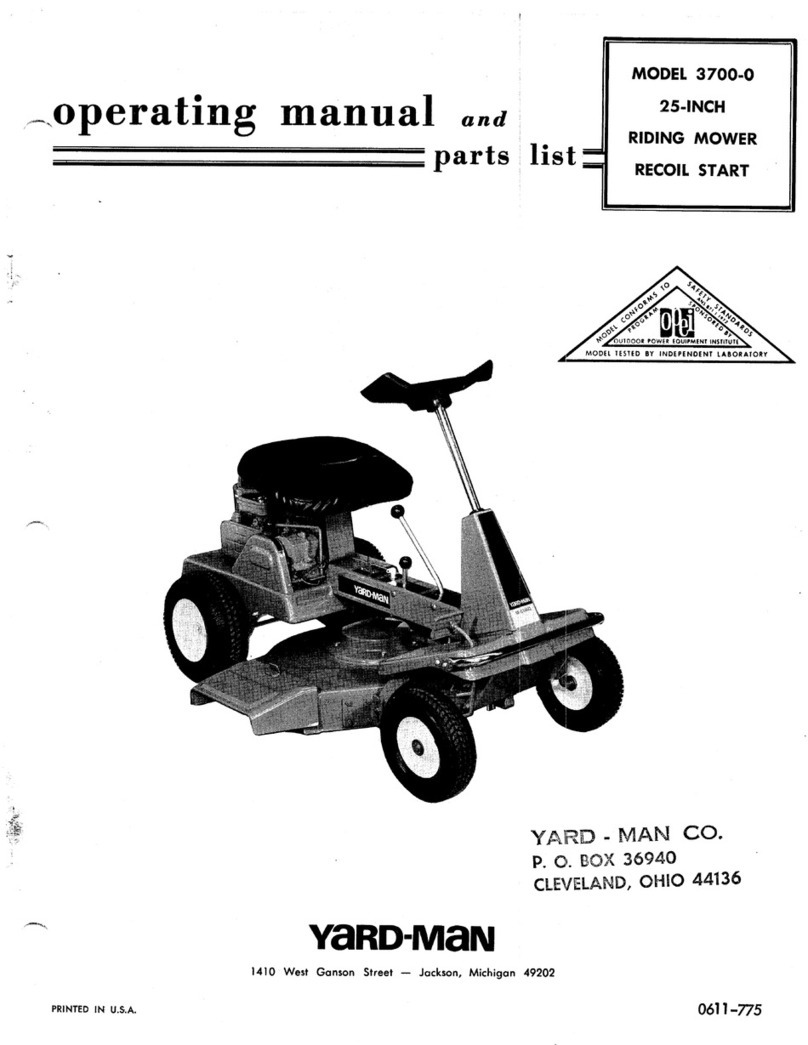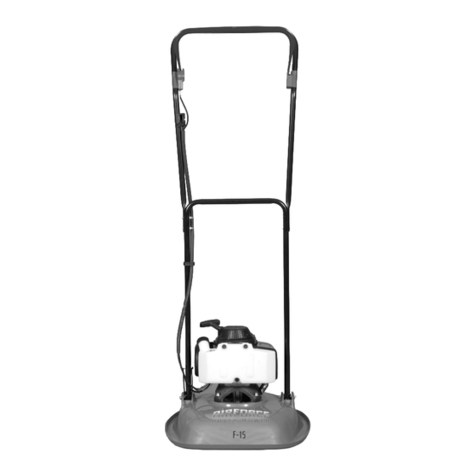
I
Chapter 1: Introduction
About the text format ..........................................................................................1
Safety................................................................................................................. 2
Fasteners ...........................................................................................................3
Assembly Instructions ........................................................................................3
The “C” Series Mower ........................................................................................4
The “D” Series Mower ........................................................................................4
Understanding Model and Serial Numbers ........................................................5
Maintenance chart ..............................................................................................6
Fastener Tightening Torques .............................................................................6
Chapter 2: Blade and Belt
Blades ................................................................................................................ 7
Blade Removal ...................................................................................................8
Blade Sharpening .............................................................................................10
Belt Removal 1....................................................................................................1
Belt Replacement .............................................................................................14
Chapter 3: Controls and Cables
Engine Control Cable....................................................................................... 17
Drive Control Housing Assembly ......................................................................19
Drive Control Housing Removal and Disassembly ...........................................20
Drive Clutch Control Cable Removal and Replacement: ................................. 25
Drive Speed Control Cable Removal and Replacement:................................. 26
Chapter 4: Deck and transmission
Trail Shield .......................................................................................................27
Side Discharge Door / Mulch Plug ..................................................................28
Deckwash Fitting ..............................................................................................30
Rear Grass Door ..............................................................................................31
Front Wheels ....................................................................................................33
Front Axle .........................................................................................................36
Front Axle Cover ..............................................................................................39
Handlebars .......................................................................................................40
Transmission and Rear Axle Inspection ...........................................................41
Transmission and Rear Axle Removal .............................................................42
Transmission and variable speed pulley.......................................................... 45
Rear baffle removal ..........................................................................................49
Transmission Internal Workings....................................................................... 52
Table of Contents






